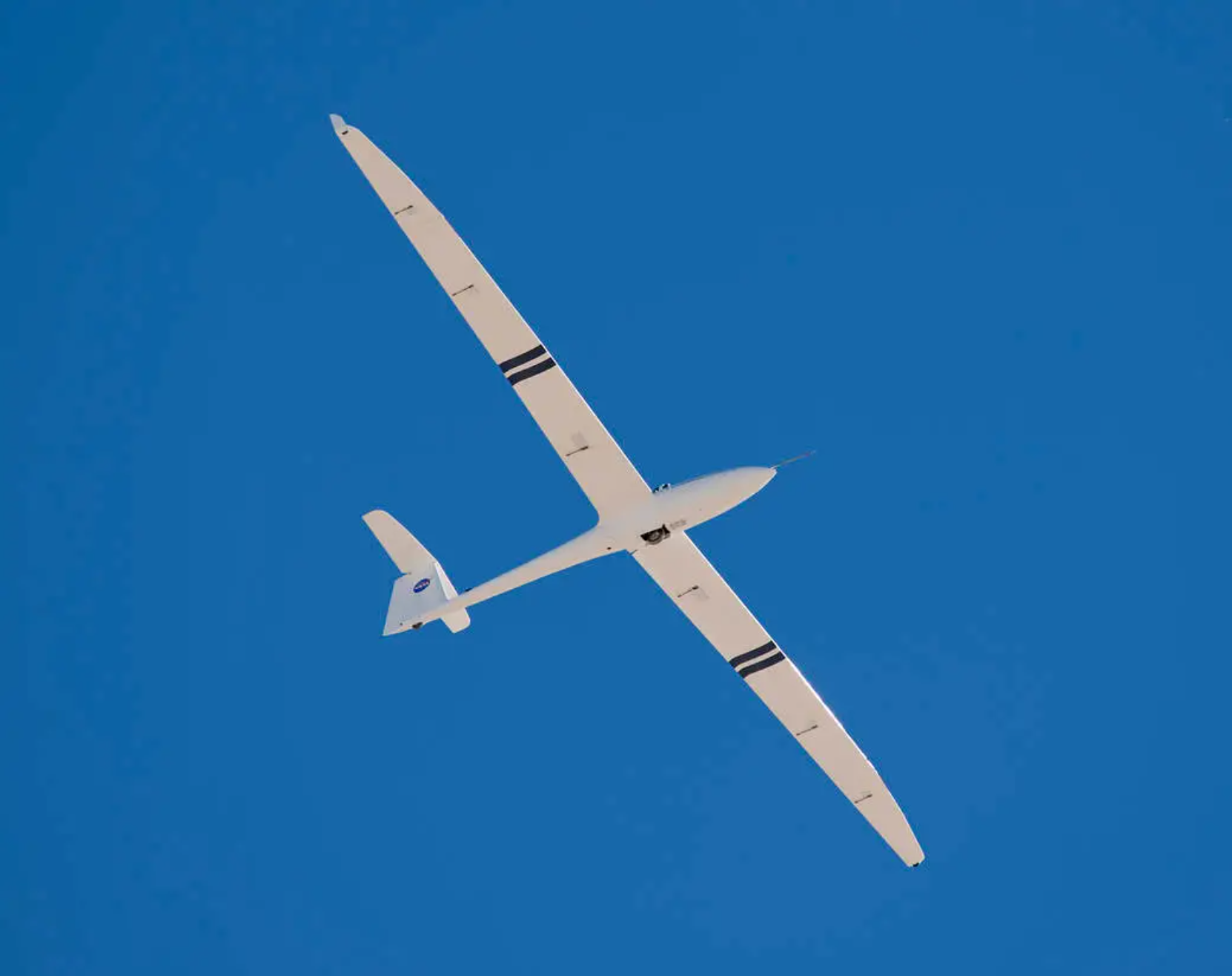X-Glider

X-glider aviation refers to two connected categories: experimental aircraft ("X-planes") and gliders, which are unpowered aircraft relying on lift from air currents. X-gliders explore flight characteristics, wing design, and performance using both model and full-scale experimental gliders.
X-Planes (Experimental Aircraft)
Purpose
X-planes were created for testing new technologies in flight and conducting high-speed, high-altitude aerodynamic research.
Examples
Famous X-planes include:
- X-1: Broke the sound barrier.
- X-15: Reached hypersonic speeds and suborbital altitudes.
- X-20 Dyna-Soar: Planned as a reusable spaceplane.
- X-5: Demonstrated variable-sweep wings, later influencing aircraft like the F-14 and B-1.
- X-29 and X-31: Used canards and forward-swept wings.
- X-36: Flown without a vertical tail.
Impact
NASA's X-plane program pushed the boundaries of aeronautics and spaceflight, introducing groundbreaking flight control and airframe concepts.
Gliders (Unpowered Aircraft)
History
Gliding predates powered flight, with early pioneers such as Otto Lilienthal and the Wright brothers experimenting with control surfaces and airfoil shapes.
Types
Gliders range from sailplanes to hang gliders and paragliders, each with unique launch and flight capabilities.
How They Fly
Unpowered gliders rely on rising air currents (thermals, ridge lift) to stay aloft, making use of efficient aerodynamic designs.
Examples
- Airspeed Horsa: WWII military glider.
- Messerschmitt Me 321 Gigant: Largest glider ever built.
- NASA experimental gliders: Used for research and testing of flight control and aerodynamic innovations.
Modern Use
Gliders are used recreationally and for training and research. NASA has promoted X-glider educational kits to help students explore flight dynamics.
NASA X-Glider Educational Program
NASA’s "X-Glider" initiative allows students to build foam gliders that model key aircraft configurations tested throughout history. These include swept-back wings, delta wings, oblique wings, canards, and twin fuselage designs.
Materials
Common materials used:
- Foam food trays
- Paper clips and binder clips for weight/balance
- Toothpicks, tape, sandpaper
- Templates to cut and shape control surfaces
Activity Overview
- Build gliders using NASA-provided templates.
- Modify weight and balance by adjusting components.
- Test flight characteristics based on wing/canard/stabilizer positioning.
- Record flight distances and analyze performance.
Research and Development
Flight testing using gliders and scaled-down models remains a key component of NASA’s aerodynamic research process. Aircraft are outfitted with sensors to collect data on airflow, performance, and control responses during flight.
Reference
